Milestones: November 9, 2018
Awards, recognitions, and accomplishments from our students and faculty
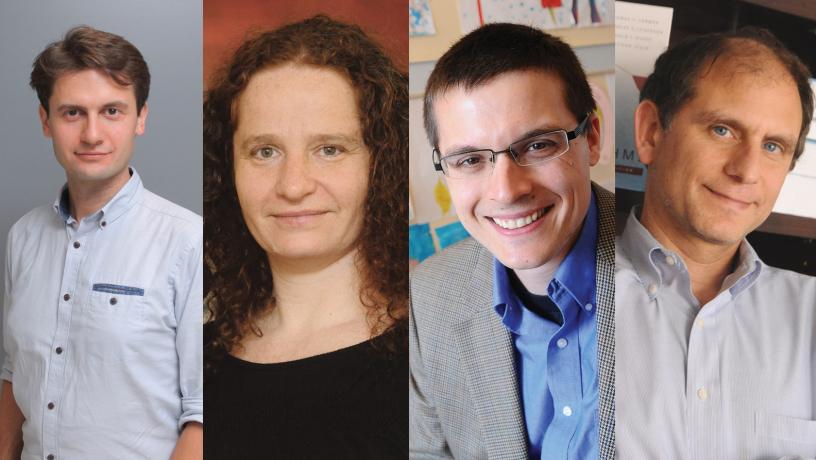
Four Computer Science Profs Present New Algorithms at FOCS
Four papers on new algorithms developed by Computer Science researchers were presented at the Foundations of Computer Science (FOCS) symposium in Paris October 7-9. Working with colleagues from various universities and organizations to develop the algorithms, CS co-authors included Professors Alexandr Andoni, Tal Malkin, Rocco A. Servedio, and Clifford Stein.
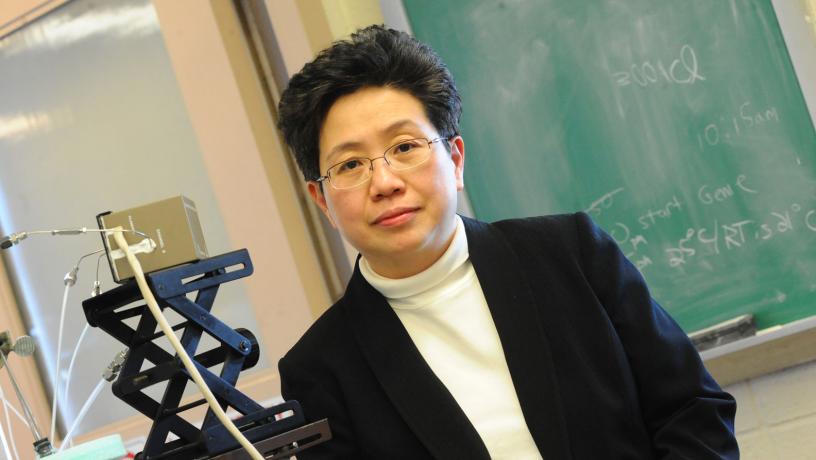
Chan Elected APS Fellow
Siu-Wai Chan, professor of materials science and engineering, was elected a 2018 Fellow of the American Physical Society (APS). She was cited for “observing and understanding the grain boundary dislocation motion in materials, providing a seminal impact on superconducting thin film boundary devices, and inventing a novel ecological synthesis technique of nano-crystals oxides for catalysis applications."
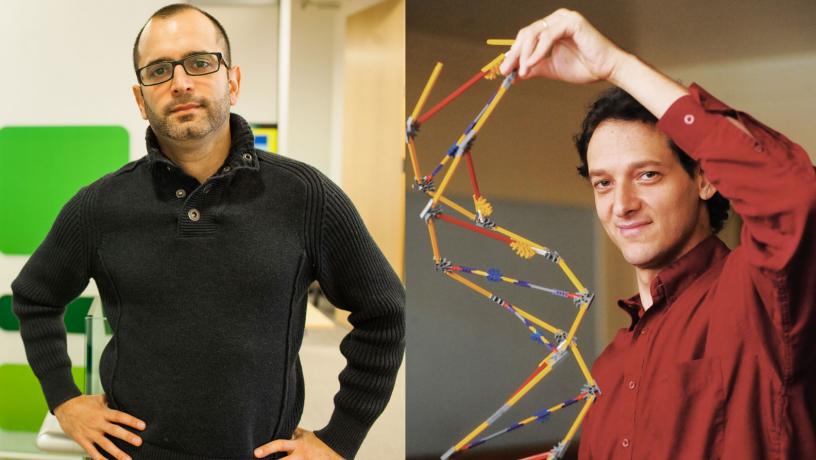
Erlich, Pe’er Find Vanishing Anonymity in Genealogy Databases
A new study published in Science by computer scientists Yaniv Erlich (lead author) and Itsik Pe’er with colleagues was inspired by how the Golden State Killer was caught. Erlich and his team set out to see just how easy it is to identify individuals by searching databases and finding genetic matches through distant relatives. Erlich noted that it takes roughly a day and a half to sift through a dataset of 1.28 million individuals to identify a third cousin. In fact, 60 percent of Americans of Northern European descent can be identified through genetic databases regardless of whether they’ve joined one themselves. The paper also proposes a way to protect genetic information. The study was covered in outlets such as the New York Times and CNN.
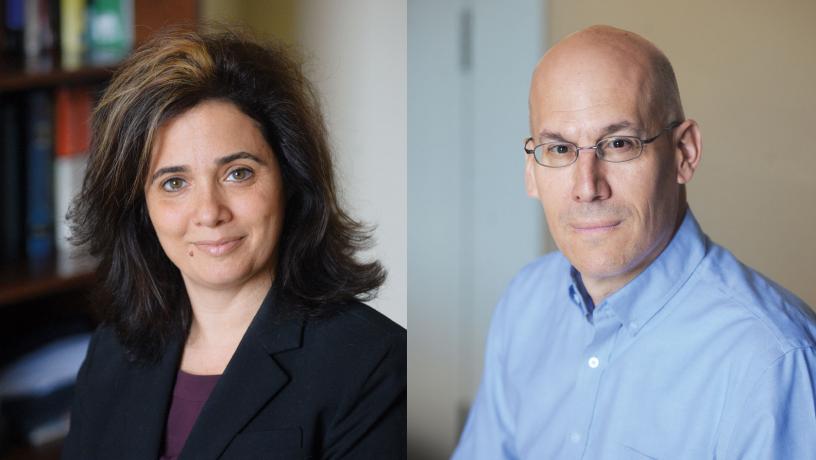
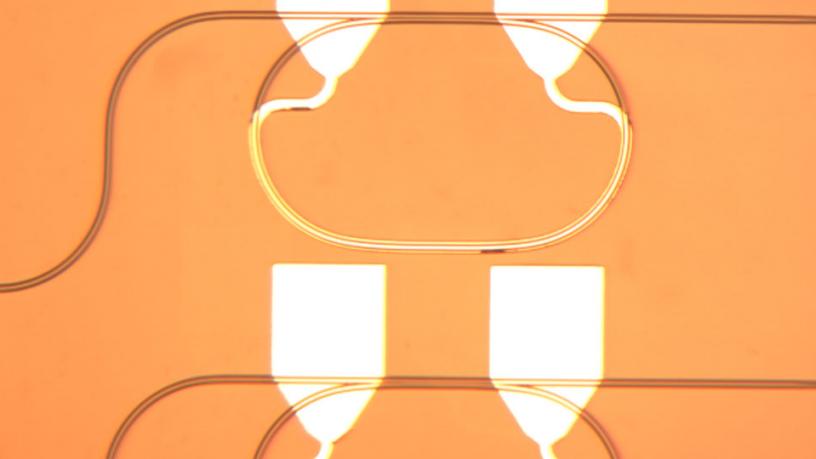
Lipson, Gaeta Achieve Identical Frequency Spacing in Dual Combs
A new study, “Synchronization of coupled optical microresonators,” from the labs of Professors Michal Lipson (Electrical Engineering) and Alexander Gaeta (Applied Physics and Applied Mathematics) was published October 8 in Nature Photonics. The two groups have done groundbreaking work on optical frequency combs, which are a versatile light source, characterized by a spectrum of equally-spaced color (frequency) components that resembles a picket-fence. Jae K. Jang, associate research scientist in APAM, was the lead author on the paper which demonstrated synchronization of two coherent chip-scale optical frequency comb generators that are separated by a distance exceeding 20 meters, leading to two correlated combs with identical frequency spacing. The researchers achieved this feat by coupling a small fraction of the output light of one comb source into the input of the other through an optical fiber link. This technique provides an effective means of combining the two comb outputs in a coherent manner, which enables boosting of the optical power beyond the fundamental limit. In addition, their technique promises to have significant implications in fields such as coherent optical communications, imaging, and clock distribution.
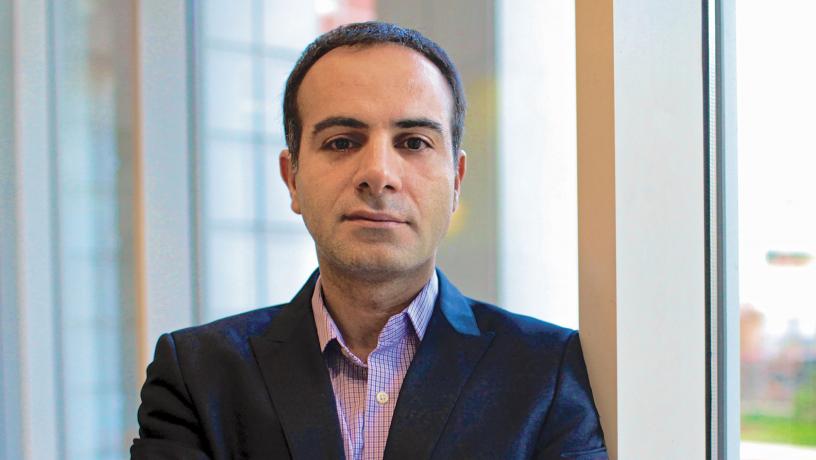
Mesgarani Delivers IHCON Keynote
Nima Mesgarani, associate professor of electrical engineering, was the opening keynote speaker at the International Hearing Aid Research Conference (IHCON) in August. IHCON’s mission is to advance knowledge and to facilitate progress in hearing aid research and development through the exchange of current research findings and technical advances related to the treatment of hearing impairment with hearing aids and other technologies. Mesgarani was the plenary speaker for the International Speech Communication Conference (Interspeech) in September 2018. Interspeech is the world’s largest and most comprehensive conference on the science and technology of spoken language processing. Mesgarani also was selected to give the Young Investigator Spotlight talk at the annual meeting of Advances and Perspectives in Auditory Neuroscience November 2 in San Diego. APAN is a satellite symposium held at the Society for Neuroscience annual meeting.
